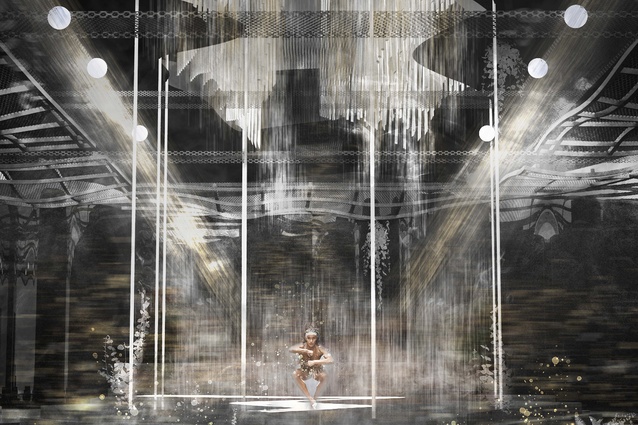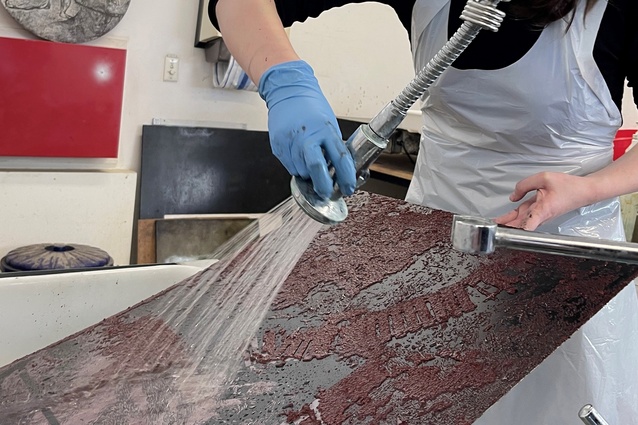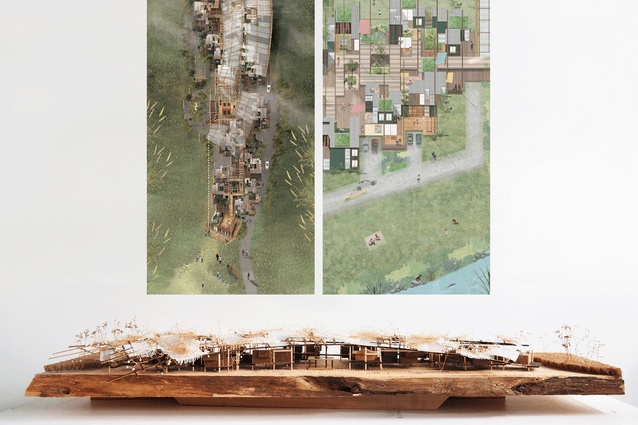AAA Awards: Winners announced
The AAA awarded four recipients on Friday the 28th of April, under the categories ‘narrative’, ‘peripheral’, ‘degrowth’ and ‘retrospective’ — the unique categories reflecting the award's commitment to recognising speculative and unbuilt projects.
Supreme Award Winner
Taking away the Supreme Award was Janae Van Panahon, for ‘Rebirth of the Natural World’.
This year’s all-female jury consisting of Jade Kake, Emma McInnnes, Sarah Gilbertson and Dr Charmaine ‘Ilaiū Talei had this to say of Van Panahon’s project:
“The winning submission of the Supreme Award transcends categories. An urban response that functions as a connector between Victoria Park, the Universities and the Domain, it holds immense potential for urban renewal and degrowth, in addition to presenting a strong and convincing narrative expression.”
To further illustrate the excellence in “theatrical storytelling” of the visuals and narrative the judges further commented:
“This project demonstrates a non-literal translation of foundational narratives used to guide an architectural response. This scheme also functions as a decolonising gesture that repurposes a historical colonial space and reinterprets in terms of narrative and function that gives mana and expression to mātauranga Māori and place relationships. The judges also note that an evocative moving image submission was provided, that clearly shows the activation of spaces within the scheme.”

Narrative
Winner + Best Student + Supreme Award:
‘Rebirth of the Natural World’ by Janae Van Panahon
Runner-Up:
‘Moving Mountains’ by Grayson Croucher
Highly Commended:
‘The Hinge of Two Reveries’ by Kelly Ting
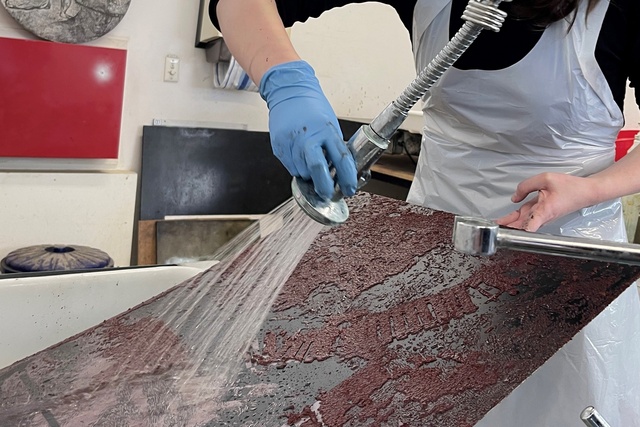
Peripheral Award
Winner + Best Student:
‘Sea Change’ by Lise Jansen-Luke
Judges citation:
“This project is clearly presented, both conceptually and visually. It demonstrates a thoughtful choice of medium, and using that medium to read the landscape and make interpretations of the built interventions within it. Through printmaking as a medium for architectural investigation, this entrant worked with the constraints of the printmaking process to produce a scheme that is topical and relevant. Visually arresting, the final prints also stood on their own merit as visual artefacts.”
Runner-Up:
‘The Nest’ by Brandon Carter-Chan, Nicholas Rowsby and Joseph Trace.
Highly Commended:
‘You Can’t Salvage Shit With a 10-Tonne Digger’ by William King.
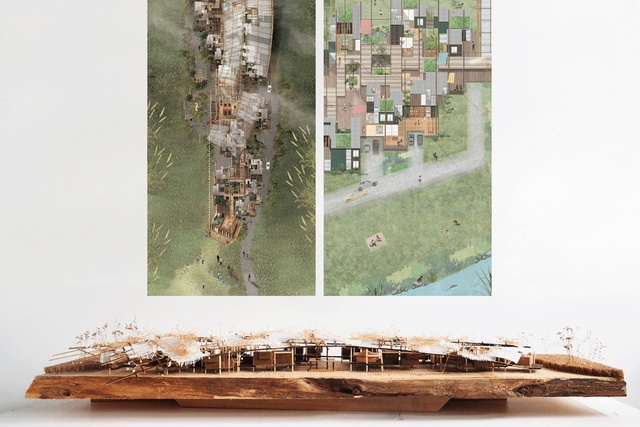
Degrowth Award
Winner + Best Student:
‘Hangi(ng) Together: Traversing the Temporal Terrains of Te Teko’ by Elim Hu, Kelly Ting, and Shnaia Xu
Judges citation:
“This proposal responds to the informal, self-build nature of rural Māori communities by providing a framework to enable the community to organically change and grow over time. As a proposition, it is as much about what isn’t designed and the space in between, and involves a careful rethinking of existing marae spaces to appropriately respond to future community needs.
The project reconsiders how we could and should be responding to building communities and promoting resilience. The judges also note that this scheme has been sensitively developed and well resolved across a range of scales.”
Runner-Up:
ပစ်တိုင်းတောင် (‘Pyit-Taing-Htaung, Every time you toss it, it stands up’) by Myint San Aung
Highly Commended:
WSCAP by Karl Mendez, Lynette Hunt, Aphiwat Pengpala, and Joelle Tolentino

Retrospective Award
Winner:
ASB Tennis Centre Redevelopment by Copeland Associates Architects and Compusoft Engineering Ltd
Copeland Associates Architects: Barry Copeland, John Dymond, Ratanui Fraser, YeoJin Lim, Sienna Kim, Finn Scott
Compusoft Engineering Ltd: Barry Davidson, Anthony McBride
Project citation:
“This project emerged from a partnership between Next Generation Clubs and Tennis Auckland. The intention was to create a world class facility combining the Tennis Club and Stadium with a multi-level Country Club including lounges and café, competition and practice courts, swimming pools, spa and a state-of-the-art-gymnasium.”

